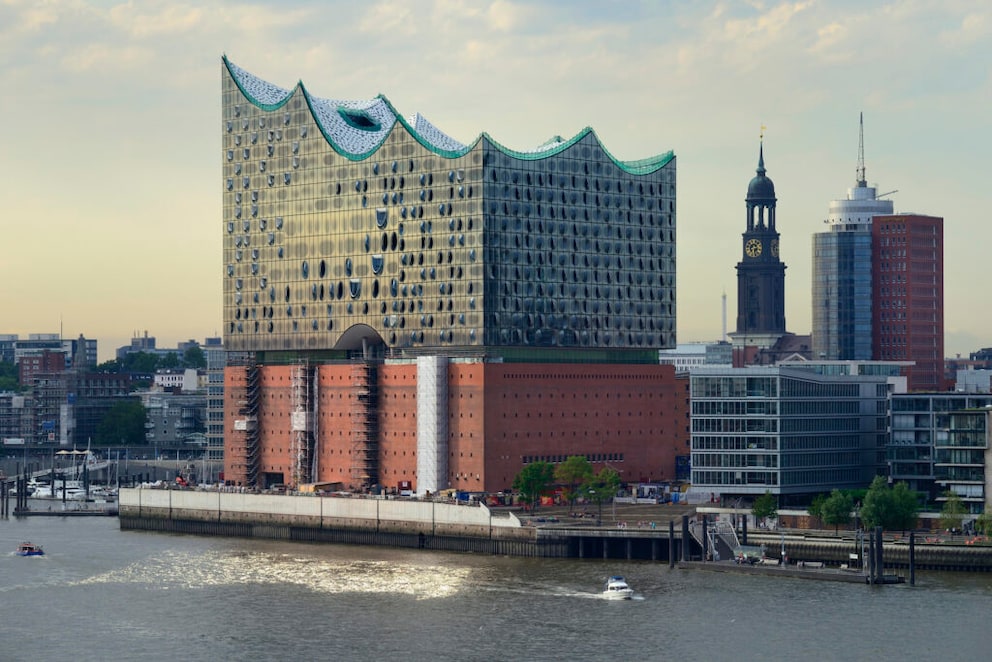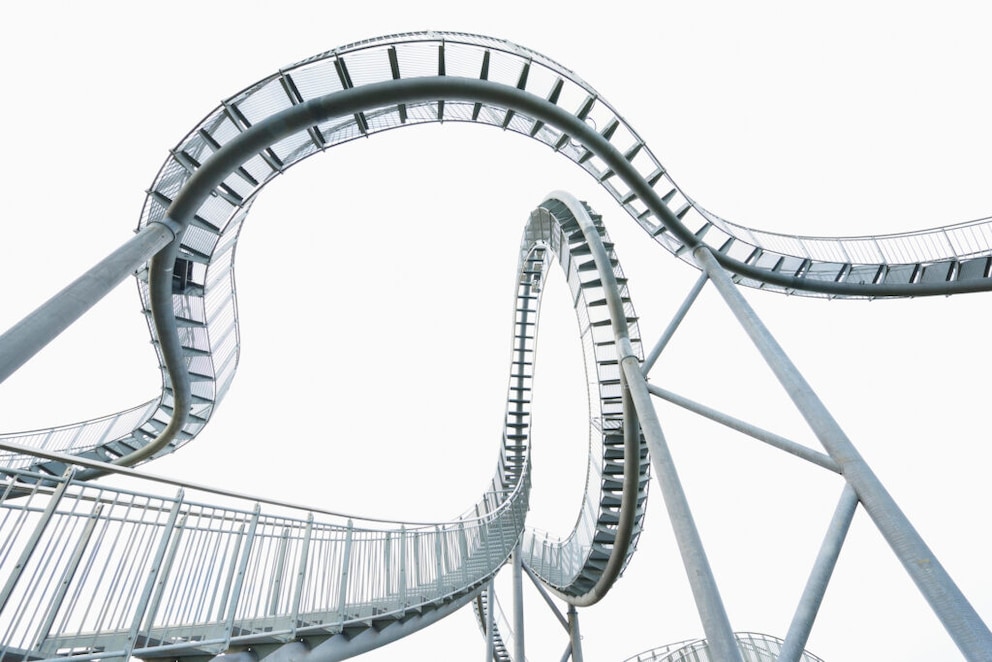June 24, 2023, 3:53 am | Read time: 4 minutes
Individuality, AI, and sustainability are key topics of our time, reflected in recent architectural works. Parametric design is proving to be a revolutionary stylistic tool in modern architecture. Thanks to technological advancements, highly customized buildings can be developed in the future.
From sweeping facades to sculptural forms: If you walk attentively through many national or international cities these days, you’re likely to encounter buildings with a distinctly futuristic appearance. In Duisburg, the large sculpture “Tiger & Turtle,” in Barcelona, the “Peix Olímpic” building, and in Beijing, the National Aquatics Center, known as the “Water Cube,” invite awe. All these structures share a unique architectural style that is currently gaining recognition under the name “parametric design.” Another prominent example is the new Elbphilharmonie, which, with its majestic form, towers over the city and serves as an iconic landmark for Hamburg. Clearly, parametric design has the power to shape cityscapes with a new, innovative character.
What is Parametric Design?

The relatively young architectural style of parametric design relies on new algorithm-based CAD software. Digital tools like these transform mathematical equations into architectural structures by evaluating vast amounts of data related to acoustics, statistics, urban planning, and other relevant parameters. This approach breaks away from standardized forms and measurements for the first time. Instead, it paves the way for complex geometry and structures in building design that are still focused on simplicity.
Architects and designers benefit from immense creative freedom. With the help of modern 3D technologies, they can significantly influence proportions, scales, and shapes. Parametric design thus breaks with the constraints of traditional architectural guidelines, marking a revolution in the industry.
How Exactly Does Parametric Design Work?

Parametric design offers architects and designers nearly limitless design possibilities. Instead of rigid angles and parallel spatial dimensions, statics and form can now transition into organic structures and futuristic designs. This allows for the creation of individual, dynamic, and complex buildings.
Such constructions can be simulated in the virtual space using CAD systems. Unlike traditional architectural understanding, it’s no longer about assembling a building piece by piece like a puzzle. Instead, the focus in parametric design is on the relationships between individual elements. If individual parameters change, the design outcome adjusts accordingly. A model is no longer digitally stored as a fixed structure but as a combination of parameters and variables.
Focus on Efficiency and Sustainability
In addition to offering new creative freedom for architects and designers, parametric design generates impressive possibilities in terms of cost-effectiveness and sustainability. By digitizing execution and planning processes, the use of building materials and resources can be optimized. Waste is minimized while efficiency is maximized.
Moreover, parametric design allows for the evaluation and potential adjustment of a building’s energy performance. Sustainable technologies such as ecological facade designs, solar panels, and rainwater harvesting systems are also part of this form of modern architecture.
Also interesting: Sustainable Building and Renovation – What Are the Options?

How Art Nouveau Continues to Influence Architecture Today

The Features of a Hybrid House

Europe’s Best Residential Building for 2024 Is in Stuttgart
What Does This Mean for Interiors?
Parametric design offers numerous advantages not only for modern architecture but also for future living. Interiors can be optimized to suit the individual preferences and needs of people or communities.
Thanks to algorithm-based software, parameters such as site conditions or important functional requirements can be considered during the design process. Additionally, lighting conditions in interiors can be simulated on the computer. Overall, parametric design aims to create seamless transitions between exterior and interior spaces.
Through dynamic architecture and highly customized interior design, the goal is to achieve a harmonious, holistic design. Because this reactive architecture, enhanced by artificial intelligence, focuses not only on individual user comfort but also on sustainability, parametric design could open up many new worlds and possibilities in the future.


